School Trips To the Bay of Naples for Cross-Curricular Studies
Explore a variety of captivating school trips to the Bay of Naples. This stunning Italian region is an educational treasure trove filled with key landmarks and excursions that will cover a wide range of curriculum objectives and get students learning outside of their normal environment!
Highlights of school trips to the Bay of Naples
Take a breathtaking trip along the Amalfi drive
The preserved Roman city of Pompeii
Walk up Mount Vesuvius an active volcano
Learn how to make pizza in the region it was invented
Knightsbridge SchoolBoth Alicia and Laura were not only helpful but the service they provided exceeded all our expectations. Wonderful team and I would recommend them to every, even the most demanding client.
Suggested itinerary
What's included*
*Please note, entrance fees where applicable are not included in typical price – contact us for more details
Recommended excursions
When Mount Vesuvius erupted in 79AD, the city of Herculaneum was engulfed in an avalanche of mud that preserved the buildings and streets. The excavated city today can be explored on foot, giving students a fine example of Roman lifestyles and architecture.
Tip: Herculaneum is a lot less busy than the more famous Pompeii.
Probably the most famous archaeological site in Italy, Pompeii is located just 25km away from Naples. Life in this rich and prosperous city was dramatically and brusquely interrupted in 79AD when Vesuvius erupted and totally buried it. A visit to the excavations gives students a pretty good idea of what life must have been like here two thousand years ago.
A hike up to the crater of this famous active volcano provides splendid views and a fresh perspective on the landscape. The whole Vesuvian area was turned into a national park in 1995. Your group can discuss the disastrous eruption of 79AD, which destroyed Pompeii, Herculaneum and Stabiae.
A ferry trip from Sorrento to the Island of Capri gives students a great opportunity to observe the geography of the coastline from a different perspective. The island is famed for its lemon groves, natural beauty and expensive boutiques, with highlights including the impressive Villa San Michele.
The Amalfi coastline is listed as a UNESCO world heritage site, offering steep rugged cliff tops adorned with lemon groves, beautiful vineyards and picturesque villages such as Ravello, Amalfi and Furore. This is a magnificent setting with views of the sea and fine examples of architecture, geography and historical monuments.
Descend 40m below the streets of Naples into a subterranean world of quarries and tunnels dating back 2,400 years. The caverns and passageways not only provided building stone for the city but have also been used as an aqueduct and cisterns, Roman access passageways and most recently provided shelter during WWII. The visit also includes the ruins of a Greco-Roman theatre where the Emperor Nero once performed.
Sorrento has grown from a small fishing village to one of the largest tourist destinations along the Amalfi Coast. Winding stone stairways lead to piazzas that are filled with the sound of traditional Italian. Enjoy stunning sea views, pick up souvenirs and watch the world go by.
Now famous throughout the world pizza is said to have originated in Naples. Students get hands-on learning how to make pizza dough at a local cookery school. After watching the pizzaiolo make and cook pizzas in a wood-fired oven with their chosen toppings the group will enjoy a pizza dinner at the school. The dinner can be combined with a Tarantella Show of traditional regional dancing.
During the lesson the Gelataio will explain what techniques and ingredients are used to make good ice cream, including local products typical to the region. Students can assist with the preparation of the raw materials, the freezing process and ultimately tasting the freshly produced ice cream. At the end of the demonstration, each guest will get to taste the ice cream an everyone gets a certificate.
The best place to learn Italian is in Italy and we can arrange language lessons at a local language school with a native speaker. This gives students a chance to work on grammar, vocabulary and pronunciation and to discuss cultural and social aspects of Italian life with the teacher. Afterwards, students can use what they have learned in a real context.
Enhance your students experience at Pompeii and see the ancient city in a new and exciting way. At key points of interest put on your Virtual Reality headset and travel back 2,000 years in time. The streets, temples, theatres, markets, shops and houses come to life before your eyes in 3D and in 360°. The visit will be accompanied by tour assistants to help with the equipment. It is also possible to add a qualified guide.
The Race for Time trail is a teacher-led, self-guided city tour showcasing top landmarks. Fun activities along the way promote teamwork and dynamic thinking, turning a normal walk into a sightseeing adventure! Each trail pack includes comprehensive teacher’s notes and a risk assessment document (MFL and Enrichment version available).
Baia was an important Imperial coastal resort in Roman times. It was here that Caligula built a villa & Nero murdered his Mother Agrippina. Seismic activity caused the land to sink beneath the sea submerging parts of the ancient Imperial city. Take a guided trip on a glass bottom boat to see the ruins which are now a marine archaeological park. The boat trip is available from March to early November weather depending.
This is the oldest Greek settlement on mainland Italy known as Magna Graecia and was founded in the 8th or 9th century BC. Excavations in the early 20th century unveiled ancient crypts, tunnels and caves. The ruins abound with Greek mythology including Virgil’s tale that it was here the Cumaean Sibyl directed Aeneas to Hades. The Temple of Apollo is built on the site where Daedalus is said to have flown in Italy escaping King Minos in Crete. At the top of the ancient acropolis are the ruins of the Temple of Jupiter.
This is the third largest amphitheatre in Italy and it is likely the structure was built by the same architects who built the Coliseum in Rome. The original interior is largely preserved thanks, in part, to the Solfatara volcano which partially buried the amphitheatre. This is a great location for pupils studying Roman history.
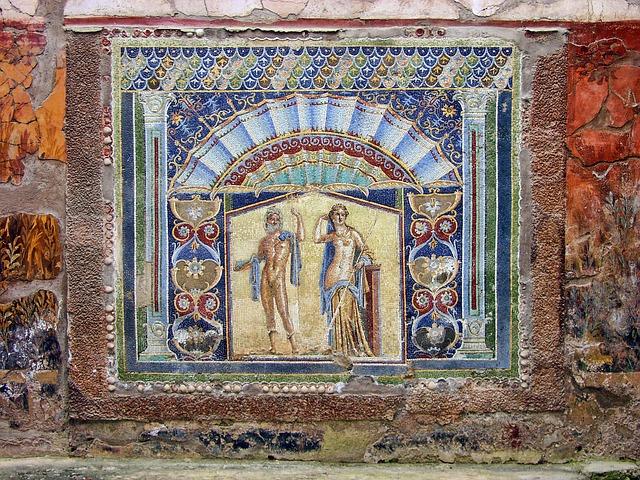
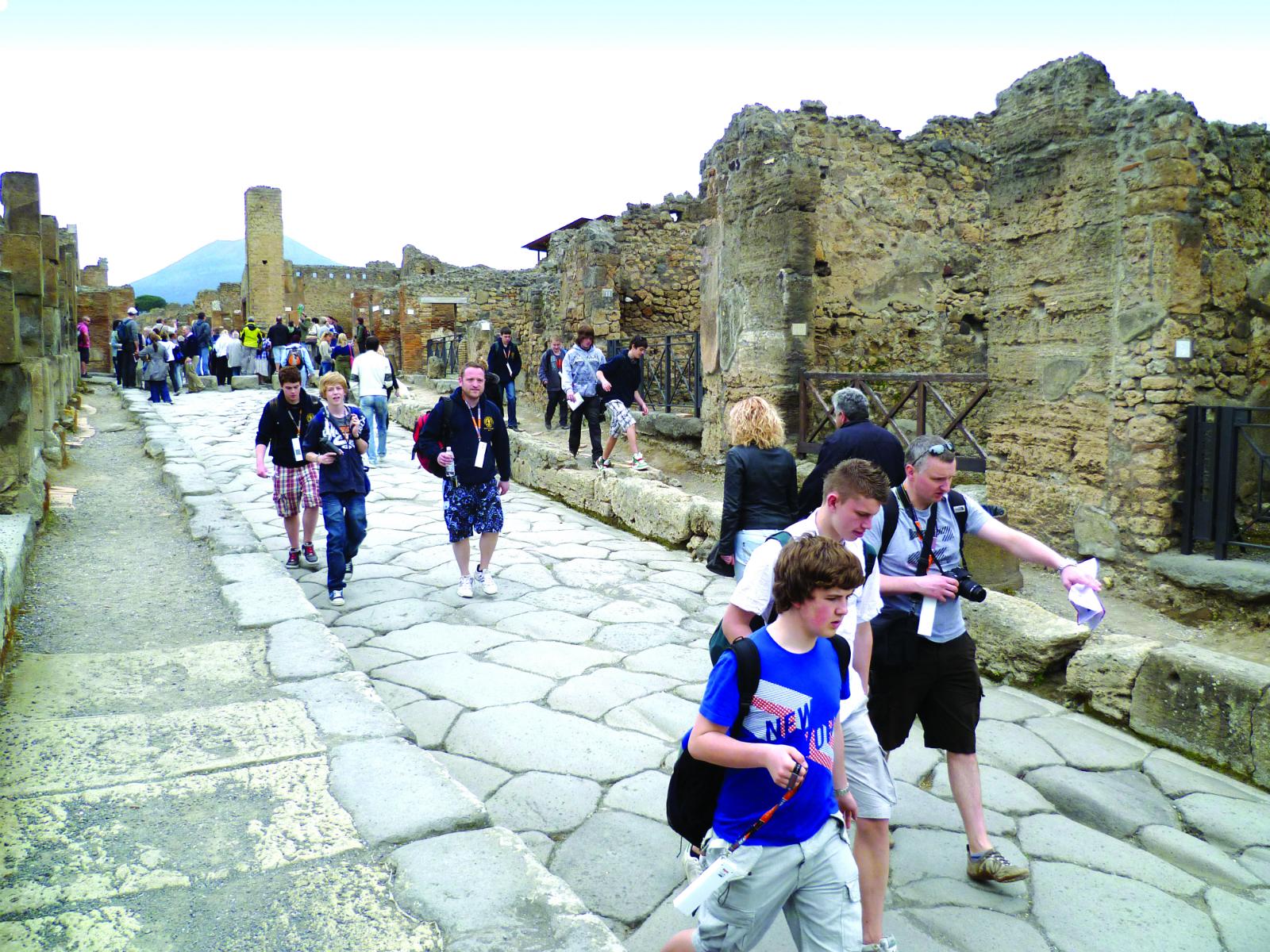
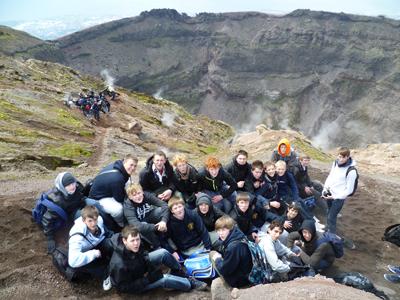
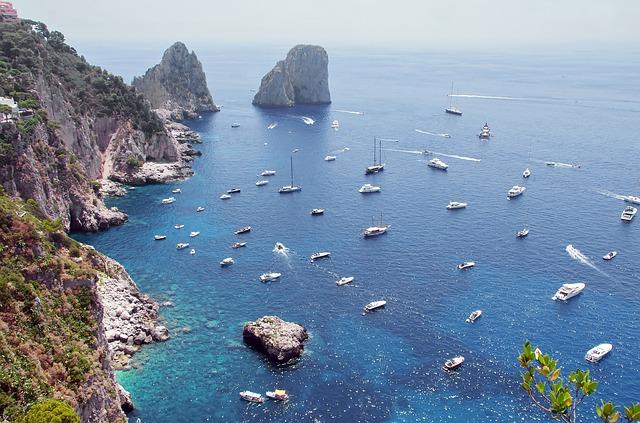
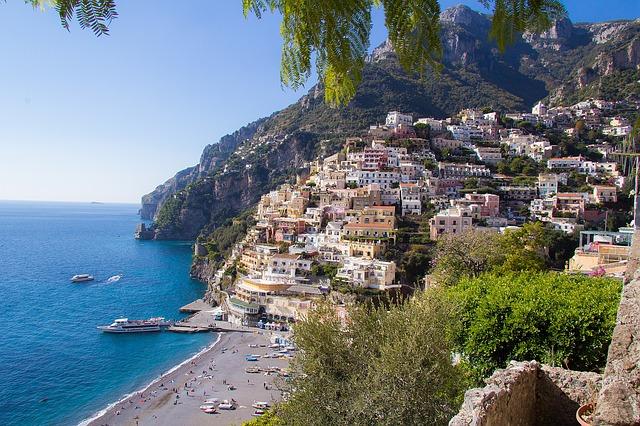
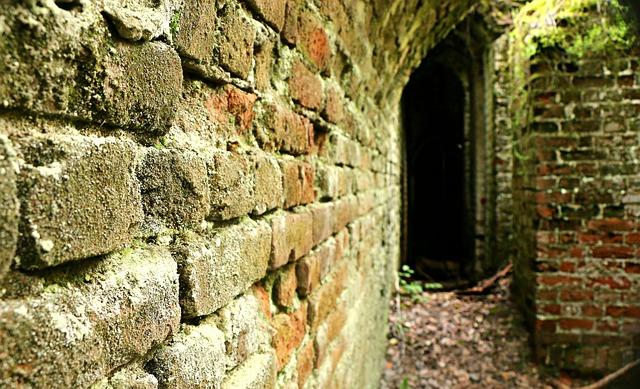
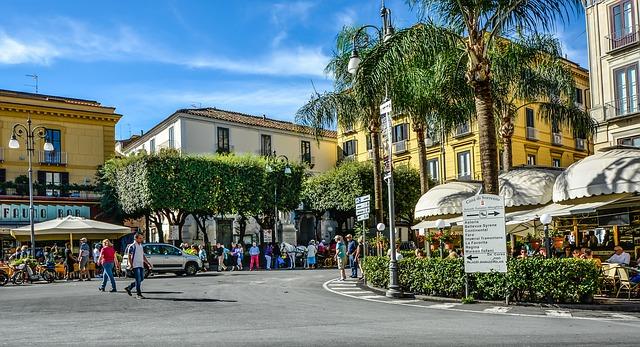


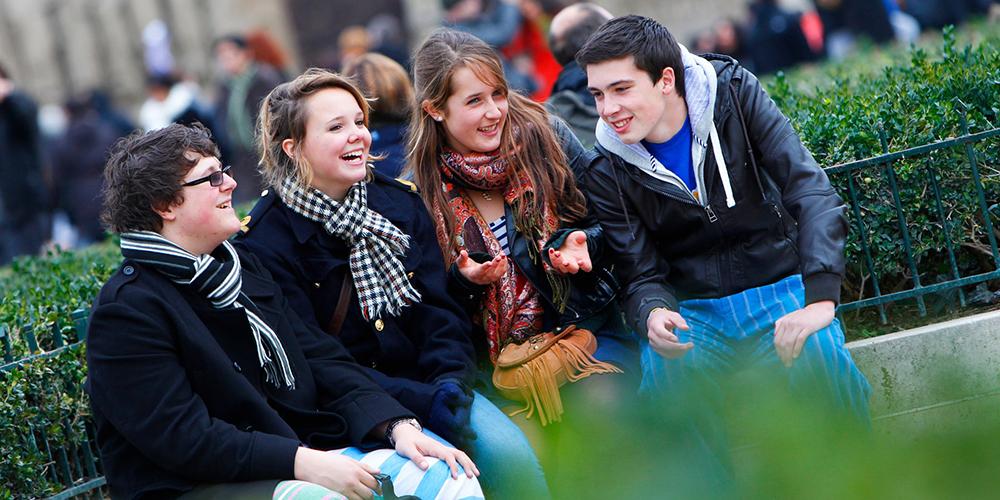
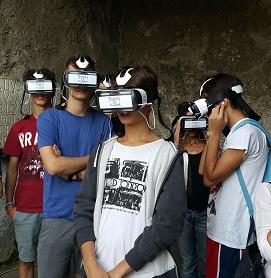
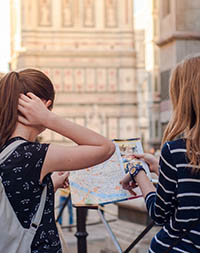
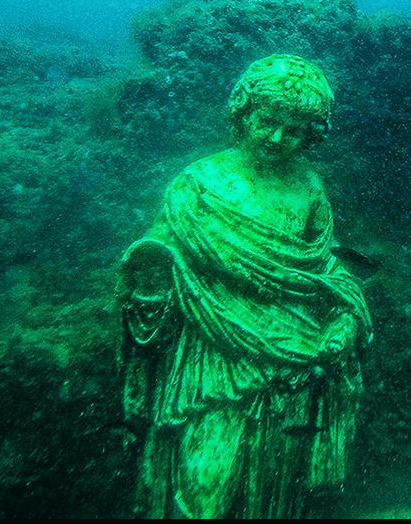
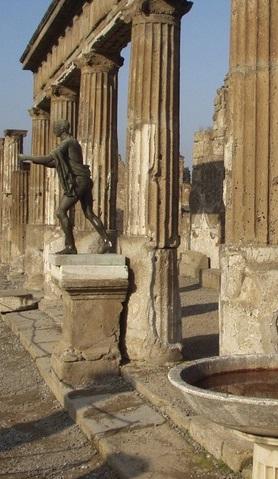
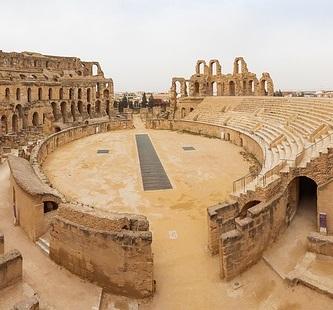
Typical accommodation
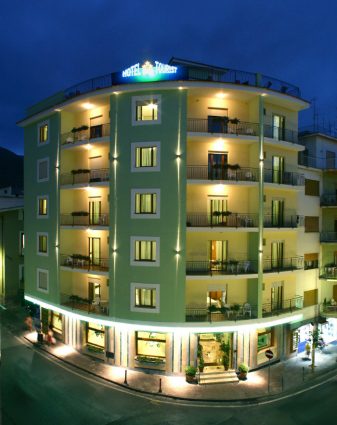
Why groups like it:
Facilities:
Learning outcomes
Subject focus
Students can:
- Experience learning outside the classroom in another country – the language, history, art, geography, food and culture
- Practise speaking a foreign language
- Learn about archaeology, excavations and Roman history
- Understand more about volcanic hazards, plate tectonics
- Experience Mediterranean agricultural methods and lifestyle
- Build confidence and learn to value the skills and techniques needed for personal and team success
- Discover, explore and have fun with fellow students and teachers
- Evaluate the effects of tourism on the local community and landscape
Student outcomes
Students will have had an opportunity to:
- Visit a foreign country and experience another language and culture
- Gain independence and self-confidence
- Strengthen existing friendships and make new friends
- Understand personal organisation, co-operating and working with others in a variety of environments
- Gain knowledge and experience connected to many subjects through learning outside the classroom.



